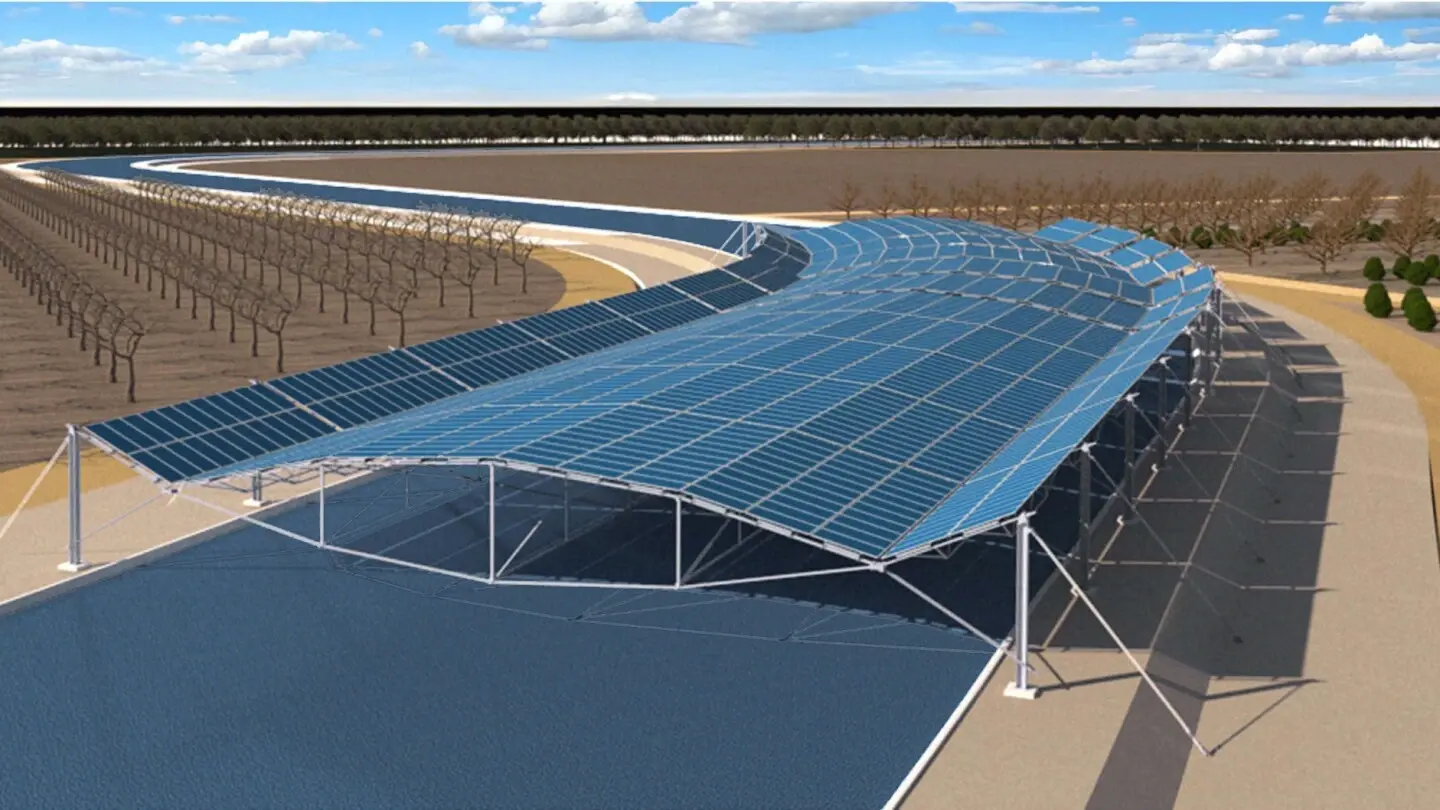- cross-posted to:
- [email protected]
- cross-posted to:
- [email protected]
Having solar panels spread in long lines over extended distances has some big issues in regards to transmission of that power, that power needs to get put on lines to be sent to where it is actually going to be used, the power that the panels are producing is not suited for long distance transmission and thus need to be transformed in to power that looses less energy when transmitted long distances.
If you’ve got a bunch of panels spread out in a long line, then you’re going to need more stations per panel than if you were to have big clusters of panels. Since the panels need to be with in a certain distance of a station to not have significant transmission losses.
I appreciate the sentiment but we might as well just put normal covers on the canals and build giant solar panel clusters closer to where the power is needed. It’s just a matter of will and the public coughing up the money to do this stuff, not a mater of there not being a clever enough solution.
Are least in California, we have better ways of deploying solar that’s more economical. The issue of storage and transmission is a much bigger problem than generation.
We actually have too much solar sometimes. It’s quite counter intuitive. The grid is a fickle beast.
Not terribly counterintuitive, this has been a widely known issue with intermittent power sources since forever. They’re often feast or famine power sources when the grid needs reliable, and power draw increases when people go home from work, which coincides with the time of day that solar output decreases. Generation is still a problem if we want to ramp up to it covering a majority of the grid, but you’re right that storage is the more immediate problem
The petrol and coal lobbies are why.
One issue is keeping them clean.
My first reaction would be that static panels aren’t efficient at collecting energy relative to the space they take up, compared to one that follows the sun. From the picture you could get one panel facing south at most, one facing straight and one facing the wrong way - and that’s if the canal’s route allows for facing south at all. This is the same issue that killed Solar Roadways.
The issue that killed solar roadways (the covered kind, not the stupid ass embedded kind) is that people would inevitably crash into the support beams, leading to collapses. That means the structure would have to be completely over engineered, increasing costs. Plus, the dynamic pressure waves from the passing trucks and cars underneath plus the fact you need to build it tall in order to allow trucks to pass means it needs to be even stronger. Solar over a concrete river is not going to experience these problems and can be minimally constructed as a failure just leads to them falling in the river, not actually harming anyone.
However, solar panels over bike paths? 10/10, no notes, build now.
It doesn’t matter if they’re efficient relative to the space taken, if the space taken is functionally 0 (since the space isn’t used for anything else). The poleward side of an east-west canal could also just be cloth or some other kind of shade to lower install costs!
This just sounds like solar freakin’ roadways V2.
We has so many years to figure this shit out.
How would you use this canal for shipping now?
I think these are canals used for drinking water supplies.
Aqueducts?
Kind of, typically though when I think of aqueducts I think of the old Roman structurs raised high above the ground (although I’m aware many parts of them were at ground level). These solar farms seem to be exclusively on ground level waterways.
the article is about irrigation canals. they just didn’t add it to the headline.










